Our company has been manufacturing and selling colored glass rods since 1929, and is the only factory in Japan that has been consistently manufacturing colored glass rods since before the war. We also provide colored glass rods for burner work to glass craftsmen across the country. The products are of high quality and loved by customers all over the world.
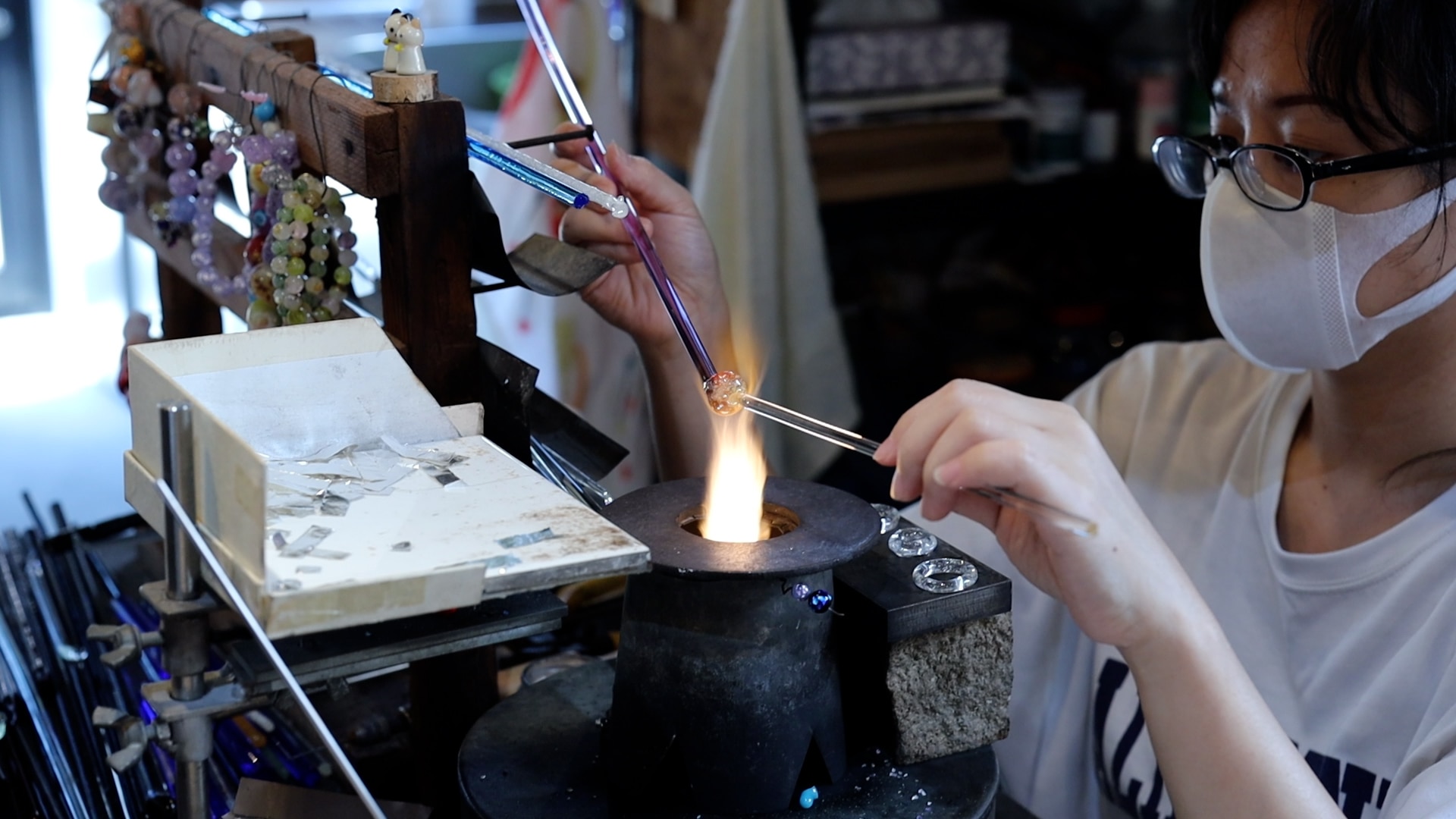
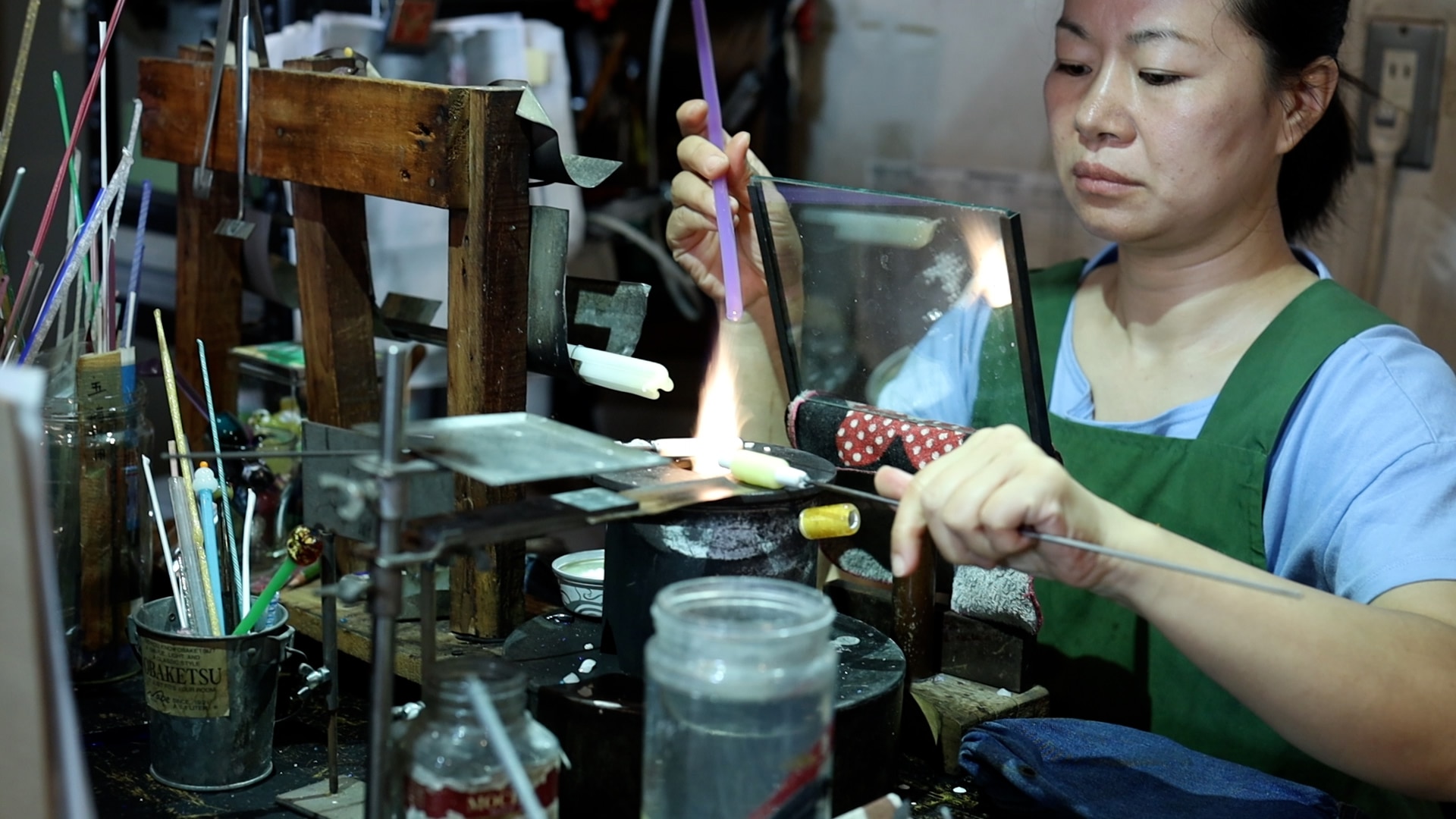
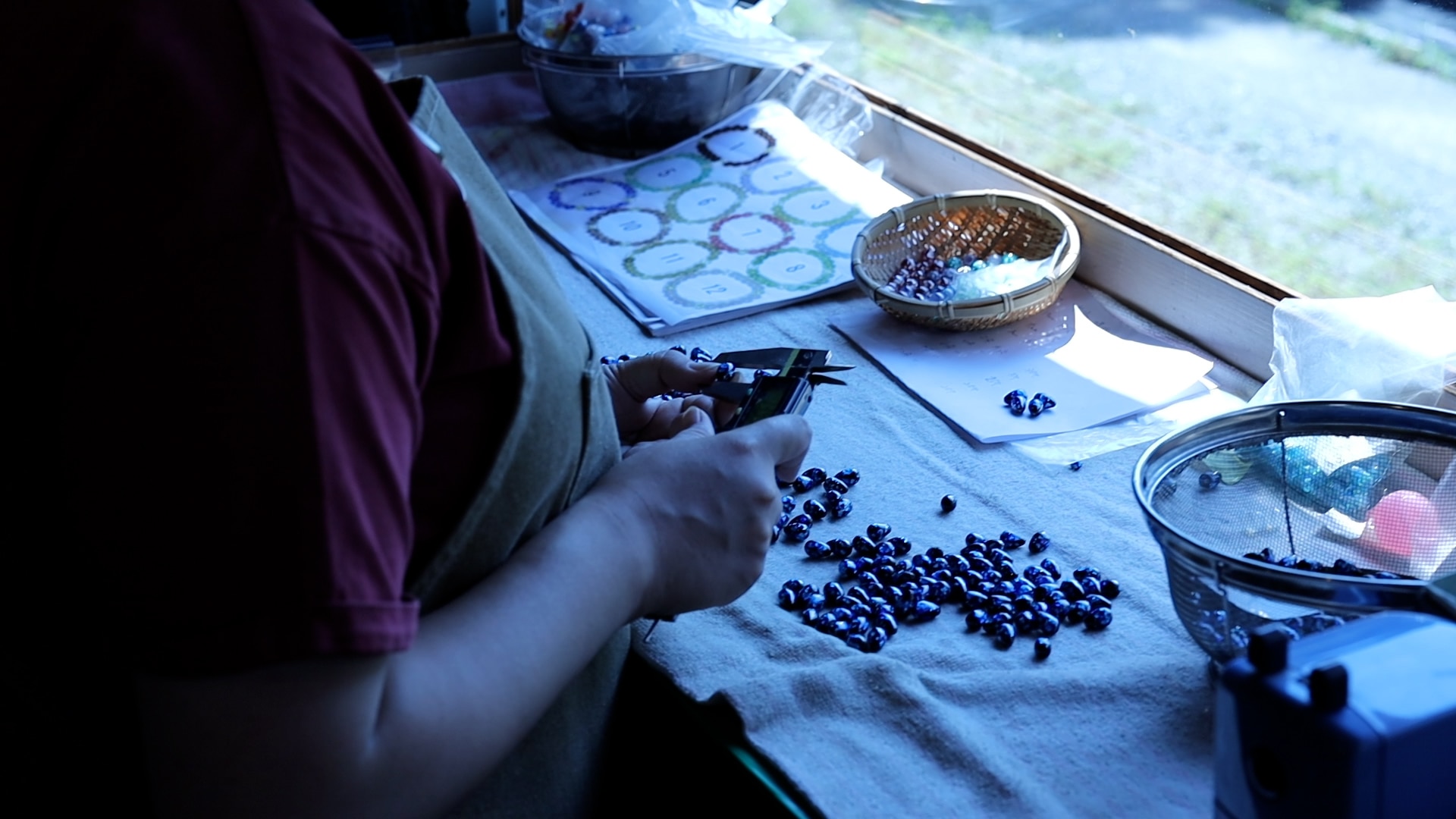
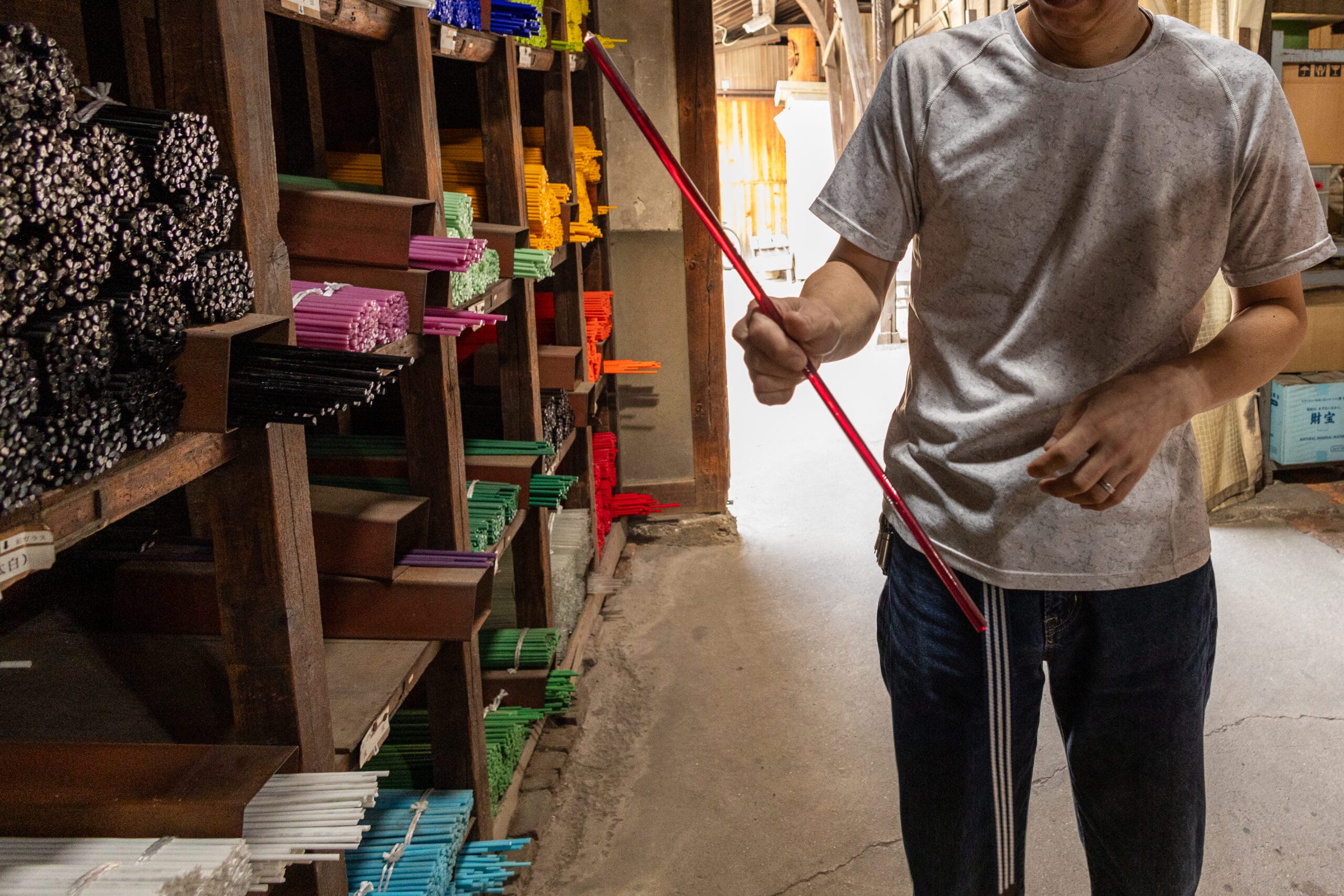
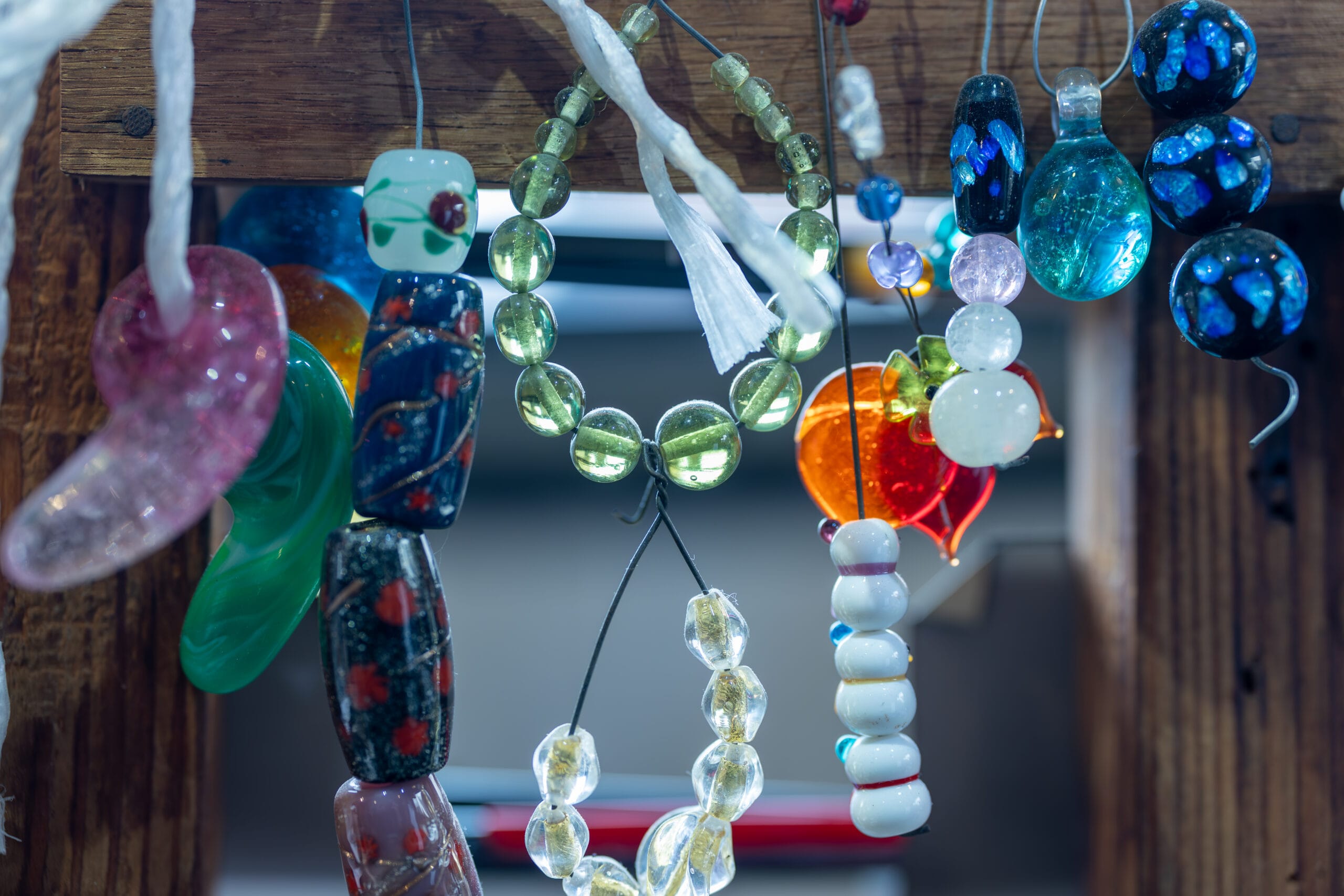
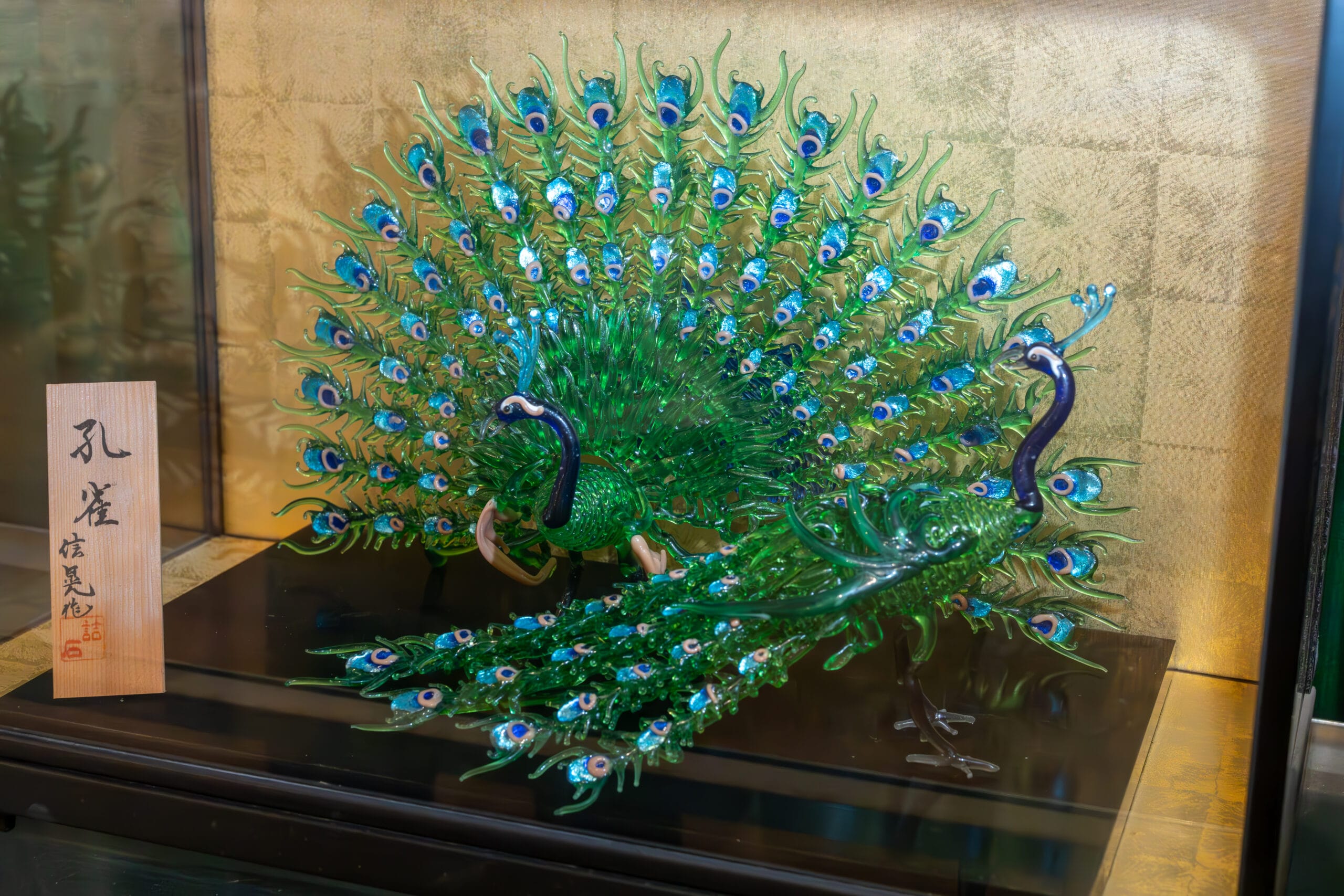
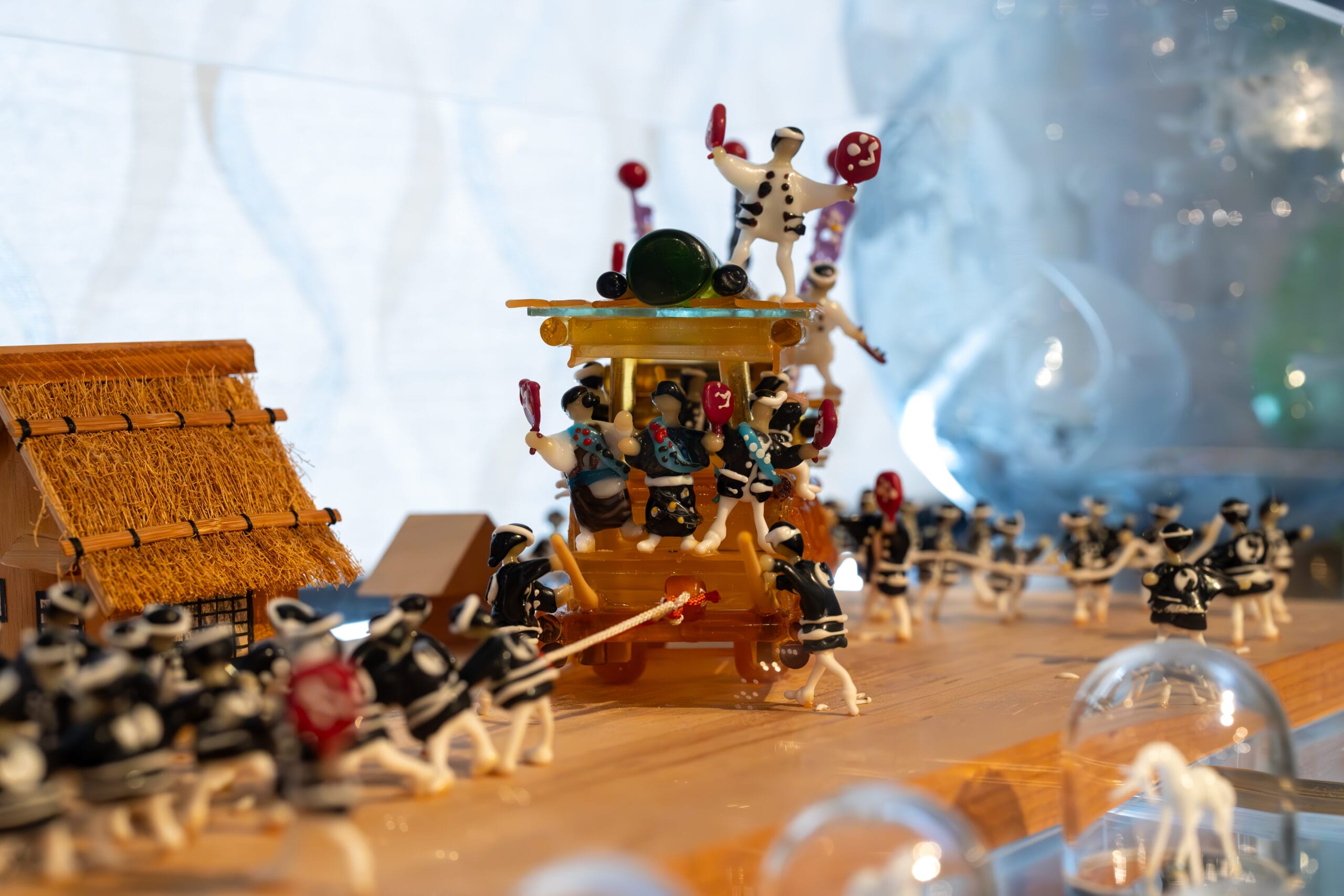
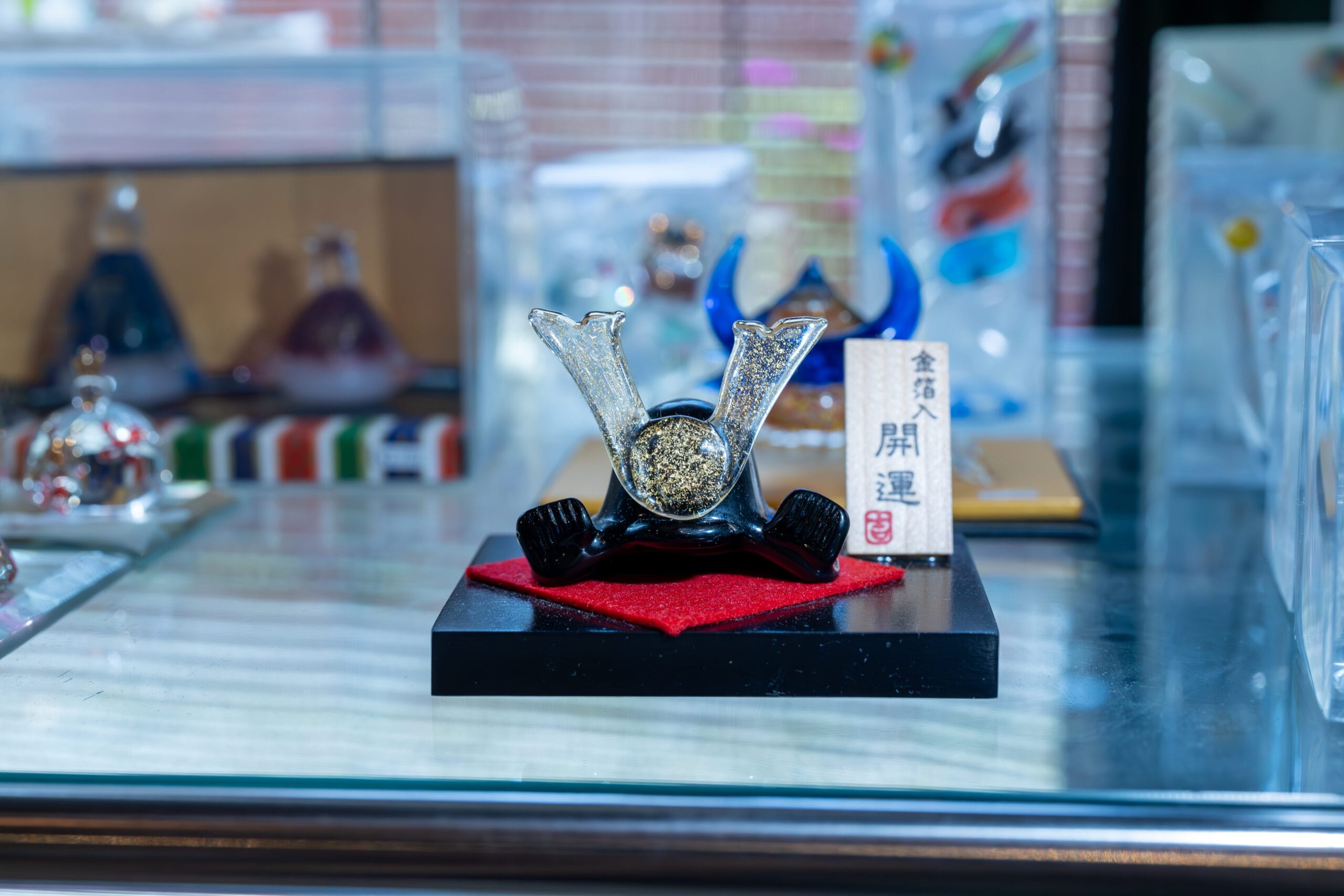
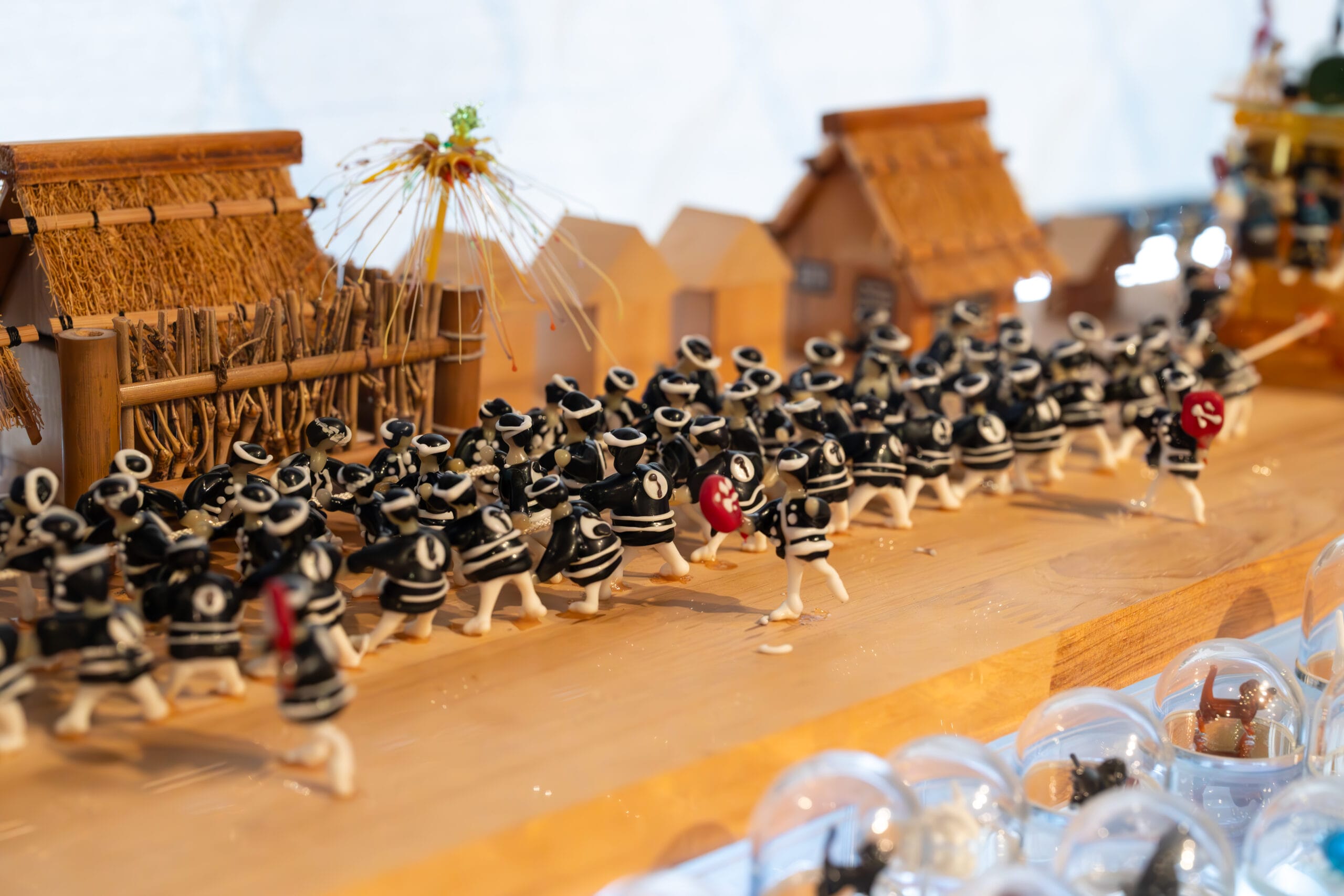
*Weights vary depending on the thickness due to hand manufacturing.
*Weights vary depending on the thickness due to hand manufacturing.
It has an expansion coefficient of 104 and will break when mixed with Satake glass, which has an expansion coefficient of 110-128. This is because they have different expansion coefficients.
Also, it is difficult to make beads with a diameter of 8 mm or more with an air burner due to insufficient heating.
Size: length 51cm-52cm, approx. 18g for approx. 4mm diameter, approx. 32g for 5mm thick
*Weights vary depending on the thickness due to hand manufacturing.
| gross weight | normal color | P (pink) | N (neodymium) | U (uranium) | G21 | |
|---|---|---|---|---|---|---|
| 1kg unit price - | If the weight is 6kg or more | ¥6,550 | ¥8,000 | ¥11,060 | ¥11,850 | ¥22,500 |
| If the weight is less than 6kg | ¥8,080 | ¥9,980 | ¥13,650 | ¥14,620 | ¥22,500 |
| G1S | SS | SS10 | 104 | |
|---|---|---|---|---|
| Unit price for 1kg | ¥10,590 | ¥36,230 | ¥126,720 | ¥6,050 |
For Domestic Delivery:
payment on delivery Main delivery service:Yu-Pack (Japanese Postal Service)Box Size Guide
2kg size80, 3-12kg size100, 13-24kg size120, Box weight and total 25-30kg: Size 120 +560 JPyen
For International Shipping:
The international shipping fee is depending on total weight and destination. Please refer the below EMS (Japanese Postal Service) shipping fee guideline.
For shipments outside Japan. We will send you the Square URL via email. Please pay by credit card. The Purchased order items would be shipped out after confirmed your payment.
We measure the raw glass materials accurately and mix them evenly in a mixer to create the glass materials for melting.
Material is scooped into the melting furnace crucible and melted slowly for 12-15 hours at 1300℃ to remove air bubbles and create smooth glass.
A long iron rod called a bowtow is used to winding the molten glass in the crucible to make it larger. When the glass has reached a certain size, it is shaped with an iron bowl called a rin, and the glass is repeatedly coiled to form a large lump.
The glass is pushed onto a rail made of refractory bricks and refractory material, called a "ren", and is then drawn straight down to achieve the desired thickness. The temperature of the glass changes quickly, which requires the craftsman to pull it all at once to achieve the desired outcome. This is a true display of craftsmanship.
As the temperature of the molten orange glass decreases, its original transparent and bright color gradually emerges. Next to Ren, we use Yattoko to rhythmically cut the glass rods to the same length.
When using clear glass such as G1, it's essential to remember that a significant temperature difference between the glass rod being made and the glass rod being melted can cause cloudiness. Therefore, before applying clear glass, it's recommended to carefully clean the glass to prevent the surface from melting. It's also advisable to warm up the glass to avoid fogging. Thicker rods are less likely to fog up, and if you bundle several wires together to make them thicker, they will not cloud up and will not pop easily. Additionally, a type of clear glass called G1S has fewer scratches and dirt and is less likely to fog.
Pink, purple, and yellow lead glass, as well as white lead and soda glass, have bubbles that crackle and break easily when exposed to fire. They are the following colors. G2,3,15,18,23,26,27,34, S18~24, A12,17~21,29 In such cases, try to insert the rod not horizontally but at an angle of about 45° and slowly insert it into the flame from the top. Bundling several or more rods together with a wire will also prevent them from popping.
Lead glass in shades of pink and ivory, such as G26, S18, 19, 22, 24, A17-19, and G25 opal, are generally translucent. However, soda glass in shades of red and orange, like S34, may become discolored if exposed to too much air or flame for an extended period.
When it comes to blow-type burners, the proportion of air used is relatively less as compared to the gas being used. On the other hand, in the case of cylinder-type burners, if there is a reduction in the amount of gas used, the firepower weakens and soot formation occurs.
When manufacturing thick glasses, etc., which are exposed to high temperatures, the heat insulating sheet may burn.
This is not a problem, however, because it disappears when the glass is put on fire.

Glass craft in your life
© 2025 All Rights Reserved.

Lampwork supplies do not qualify for discounts on sale items, gold and silver leaf, Ecofrost etching liquid, wooden boxes, etc.